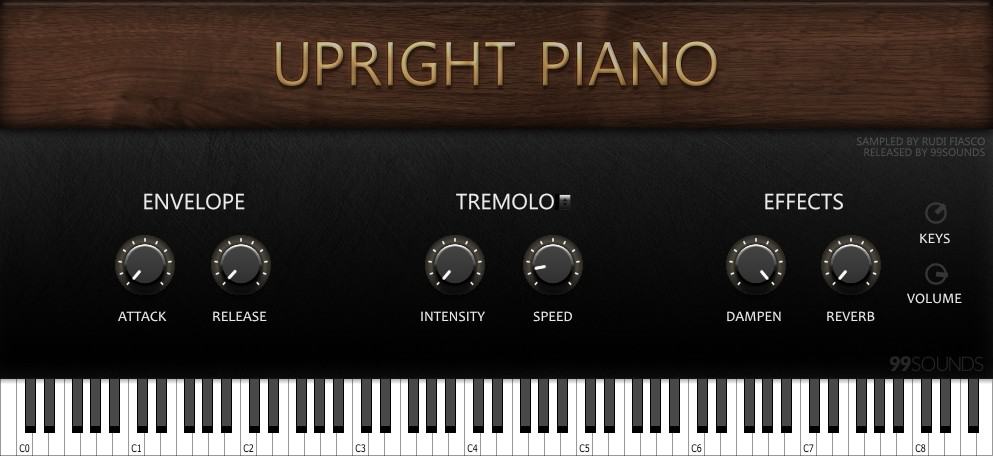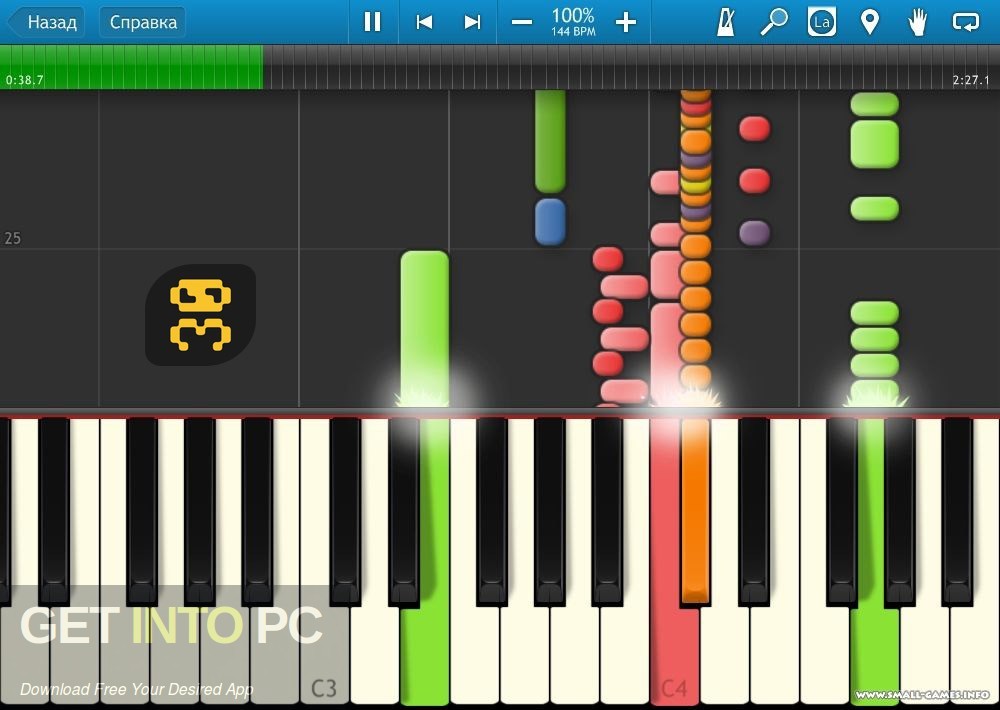

- #How to download synthesia with the extensions install#
- #How to download synthesia with the extensions zip file#
- #How to download synthesia with the extensions license#
- #How to download synthesia with the extensions plus#
#How to download synthesia with the extensions license#
License: released under the MIT license (included in the archive)
#How to download synthesia with the extensions plus#
This specification gives you a sound set of 128 virtual instruments, plus percussion kits. The following sound libraries conform to the General MIDI (GM2) standard. List of downloadable soundfonts GM SoundFonts

The Mixer allows you to easily change the sounds for each staff (even while the score is playing). Once a SoundFont has been installed on your system, it also needs to be loaded into the Synthesizer. To uninstall an SFZ, simply open the folder where its files are installed (see above) and delete them all.
#How to download synthesia with the extensions zip file#
If the SFZ zip file you download has a Libs folder in it, move it into the main SFZ sub-directory. Note, however, that on occasion, an SFZ file in its folder may seek the actual WAV sound files inside the SFZ sub-directory itself, usually in a folder labeled "Libs". Leave the sub-directories and their contents as they are.
#How to download synthesia with the extensions install#
Install an SFZĪfter downloading an SFZ (see → below), you need to manually extract all the files that belong to the SFZ (the SFZ file(s) and all the sub-directories and other files) into the directory listed above. SFZĪn SFZ is a collection of files and directories, an SFZ file and a bunch of actual sound files in WAV or FLAC format, with the SFZ file being a text file that basically describes what sound file is located where and to be used for what instrument and pitch range. To uninstall a SoundFont, simply open the folder where its file is installed and delete it. Linux (Ubuntu): /usr/share/mscore-xxx/sounds/MuseScore_General.sf3 (with xxx being the MuseScore version)

MacOS: /Applications/MuseScore 3.app/Contents/Resources/sound/MuseScore_General.sf3 Windows 圆4 (64-bit) / MuseScore x86_64: %ProgramFiles%\MuseScore 3\sound\MuseScore_General.sf3 Windows 圆4 (64-bit) / MuseScore x86: %ProgramFiles(x86)%\MuseScore 3\sound\MuseScore_General.sf3.Windows x86 (32-bit) / MuseScore x86: %ProgramFiles%\MuseScore 3\sound\MuseScore_General.sf3.This directory and its default SoundFont file is: In contrast to user-added SoundFonts, the initial default SoundFont installed with MuseScore is located in a system directory, meant only for that purpose, which should not be modified. MacOS and Linux: ~/Documents/MuseScore3/Soundfonts This directory can be viewed or changed in MuseScore's Preferences, but the default location is: In either case, when the dialog appears asking if you want to install the SoundFont, click "Yes" to place a copy of the SoundFont file in MuseScore's SoundFonts directory. Occasionally an application other than MuseScore will be associated with the SoundFont file type if this is the case, you will need to right-click or Ctrl-click on the file, so as to display a menu from which you can choose to open the file in MuseScore. In most cases, the SoundFont file type will already be associated with MuseScore, and MuseScore will start and a dialog will appear asking if you want to install the SoundFont. Install a SoundFontĪfter finding and decompressing a SoundFont (see → below), double-click to open it. For a list of free soundfonts, see below.

Many different Soundfonts are available on the Internet: some free, some commercial. GM (General MIDI) is a universal format, so once your score is set up for correct playback using MuseScore's native Soundfont, you should be able to export it in a format of your choice and have it play back on any other user's computer. MuseScore comes with its own GM ( General MIDI) SoundFont, MuseScore_General.sf3, containing over 128 instruments, sound effects and various drum/percussion kits. SFZ (.sfz): A set of audio and definition files containing one or more virtual instruments.SoundFont (.sf2/.sf3): A single file containing one or more virtual instruments.MuseScore supports virtual instruments in two formats: Audio playback is provided by MuseScore's onboard synthesizer, which houses a large selection of virtual (or software) instruments-including percussion and sound effects.


 0 kommentar(er)
0 kommentar(er)
